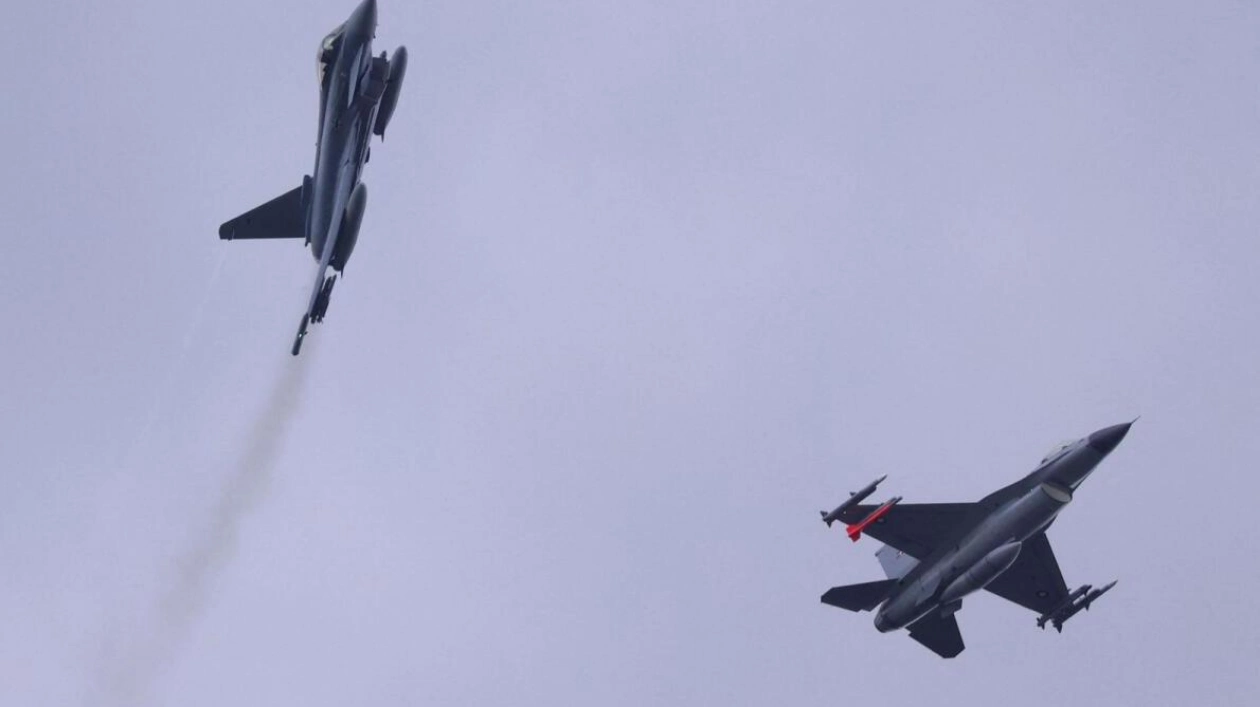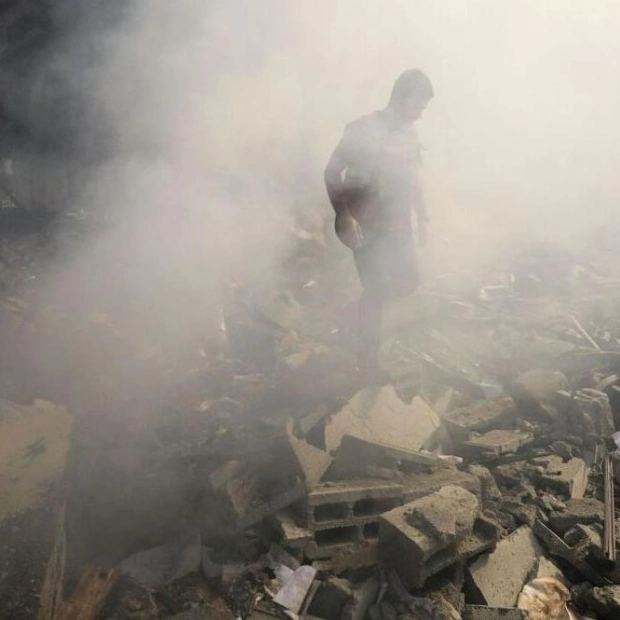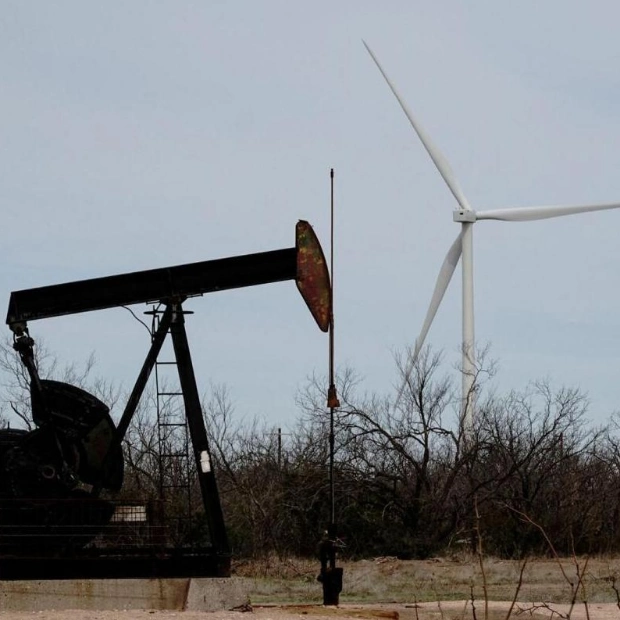The conflict in Ukraine and the impending US presidential election overshadowed a NATO summit in Washington this month. However, behind the scenes, the alliance's military strategists have been assessing the immense costs required to bolster Europe's weakening defenses. Last year, NATO leaders approved the most significant modernization of defense capabilities in thirty years, driven by increasing concerns over Russian aggression. An anonymous military planner revealed that officials have been scrutinizing the minimum defense requirements necessary to implement these plans, which were recently forwarded to member states. These requirements highlight significant deficiencies in NATO armies across critical areas, indicating the potential need for billions of euros to address these issues.
NATO aims to transform these requirements into binding targets for individual governments by autumn 2025, coinciding with a scheduled meeting of defense ministers. Interviews with twelve European military and civilian officials familiar with the classified plans identified six priority areas for the 32-nation alliance, including air defense and long-range missile shortages, troop numbers, ammunition, logistical challenges, and inadequate secure battlefield communications. These officials spoke anonymously to freely discuss sensitive security matters. Despite the urgency, NATO has not publicly estimated the total costs.
The alliance faces significant challenges in achieving its objectives, particularly given potential budget constraints among key European members and differing views on how assertive NATO should be towards Russia. The upcoming US presidential election adds another layer of uncertainty, as former President Donald Trump, a critic of the alliance, could return to power. At the July 9-11 summit, European policymakers acknowledged the necessity for increased military spending, regardless of the election outcome. British Defence Secretary John Healey emphasized the need for European NATO members to take on more responsibility, as US priorities may shift towards the Indo-Pacific.
In response to inquiries, a NATO official confirmed that leaders agreed in Washington that many cases would require spending beyond 2% of GDP to address shortfalls. Currently, 23 members meet or exceed the 2% minimum requirement. The official also stressed the need for European allies to continue enhancing their defense capabilities, readiness, and ammunition stocks. NATO is at its highest alert level since the Cold War, with some officials, including German Defence Minister Boris Pistorius, warning of a potential Russian attack within five years. This heightened state comes as European governments may face public resistance to increased defense spending amid a cost-of-living crisis, making the prospect of war seem distant to many.
NATO's first major overhaul since the Cold War focuses on defending Europe against a potential Russian attack, shifting from distant missions like Afghanistan. NATO planners estimate the need for an additional 35 to 50 brigades to withstand a Russian assault, equivalent to 105,000 to 350,000 soldiers. For instance, Germany would require 3-5 extra brigades or 20,000 to 30,000 additional combat troops. The defense ministry in Berlin declined to comment on classified plans. Many European policymakers, including Britain's Healey, are advocating for defense spending to exceed the current 2% GDP target.
Tuuli Duneton, undersecretary for defense policy in Estonia, suggested that next year's NATO summit should consider raising the spending goal to 2.5% or 3% of GDP. The US is the largest contributor to NATO operations, with estimated defense spending of $967.7 billion in 2024, roughly ten times that of Germany. Total NATO military expenditures for 2024 are projected at $1,474.4 billion. Trump's choice of Senator J.D. Vance as his vice-presidential running mate, who opposes aid to Ukraine and criticizes NATO partners, has raised concerns in some European capitals. Lieutenant Colonel Charlie Dietz, a Pentagon spokesperson, affirmed the US support for European allies' efforts to increase defense spending to at least 2% of GDP, noting significant progress in budget enhancements.
Under new defense plans, Germany must quadruple its air defenses, including both Patriot batteries and shorter-range systems, to safeguard bases, ports, and over 100,000 troops expected to transit through the country during heightened tensions or conflict. Germany currently has 9 Patriot units, down from 36 during the Cold War, and has donated three to Ukraine since the 2022 invasion. The cost of scaling up will be substantial, with recent orders for four Patriot units totaling 1.35 billion euros. Facing budgetary pressures, Germany plans to halve its 2025 military aid to Ukraine, hoping Ukraine can meet its needs with $50 billion in loans from frozen Russian assets.
Logistics planners are addressing the practicalities of transporting essential supplies to troops, including food, fuel, and water, and organizing the return of wounded soldiers and prisoners of war. Detailed mapping ensures that infrastructure like bridges can support heavy military loads. Military planners also consider potential targets like the US air base in Ramstein, Germany, and North Sea ports. Deploying troops will take longer than during the Cold War, with the frontline likely further east, potentially up to 60 days. Europe lacks sufficient rail capacity to move tanks, and varying railway gauges between Germany and Baltic states necessitate transferring equipment between trains.
Strengthening cyber defenses is crucial to protect against potential hacking attacks that could disrupt deployments. NATO planners have identified a double-digit number of early warning indicators of a possible Russian invasion. Europe must be ready to deploy combat-ready troops to the potential frontline as a deterrent and to respond immediately if tensions escalate into war.






